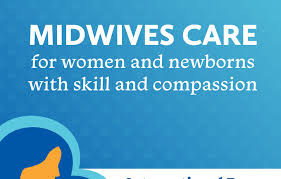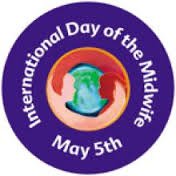Today, May 5, is the international Day of the Midwife. Most of us, owe our lives to the person who assisted at our birth. Isn’t that a reason to celebrate midwives?
Inmost of North India, midwives are known as ‘dai’. Auxiliary nurse midwives (ANM) are village-level female health workers. The ANM is known as the first contact person between the community and the health services. ANMs are r the grassroot health workers in the village community. They are important as they provide safe and effective care to those in the village. They also help for maintaining environmental sanitation, immunisation for the control of communicable diseases, treatment of minor injuries, and first aid in emergencies and disasters.
There are some 2,12,185 ANMs in India, according to 2015 statistics.But for the vast population that India has, this number is really small. So they are over-worked, and some say, underpaid.
In addition to providing care to women during pregnancy, birth, and after, midwives may also provide primary care related to reproductive health, including annual gynaecological exams, family planning, and menopausal care. The role may help communities achieve the targets of national health programmes. ANMs are expected to be multi-purpose health workers.
The International Confederation of Midwives (ICM) supports, represents and works to strengthen professional associations of midwives on a global basis. At present ICM have over 100 members, representing midwifery associations in around 100 countries. The ICM works with midwives and midwifery associations globally to secure women’s rights and access to midwifery care before, during and after childbirth. The ICM has worked alongside UN agencies and other partners for decades in global initiatives to help reduce the numbers of mothers and babies who die in and around childbirth. In India Society of Midwives, in accordance with the ICM, work for the ANMs and GNMs.
Prepared by Animesh Vats


